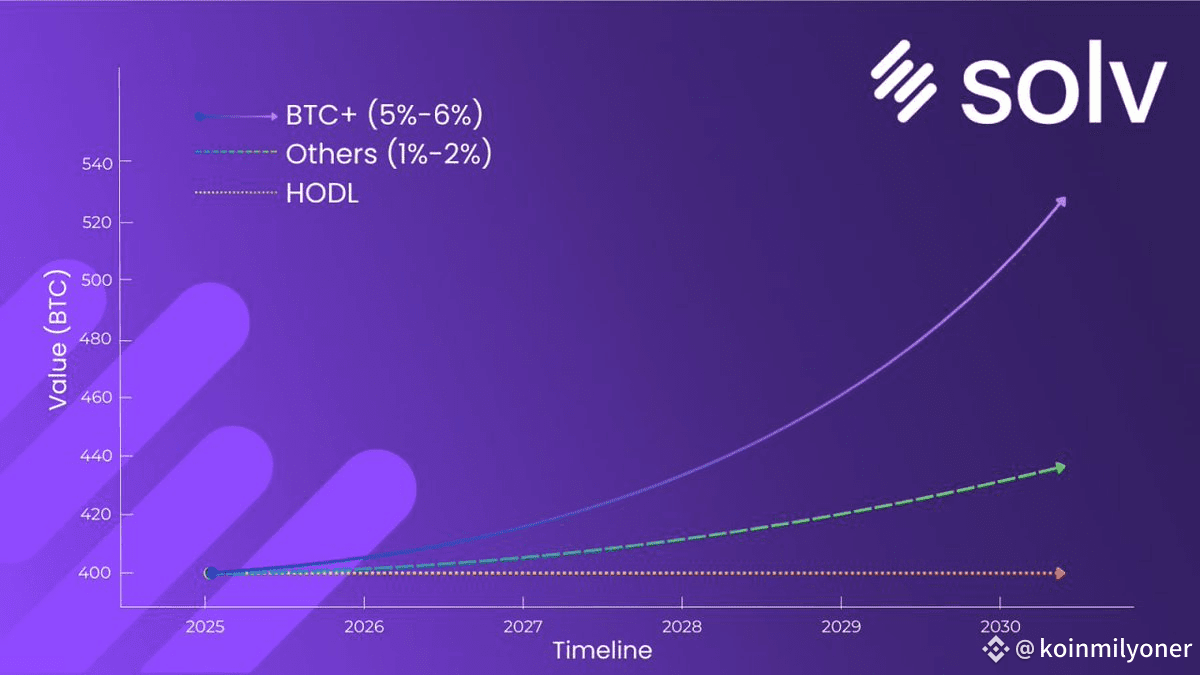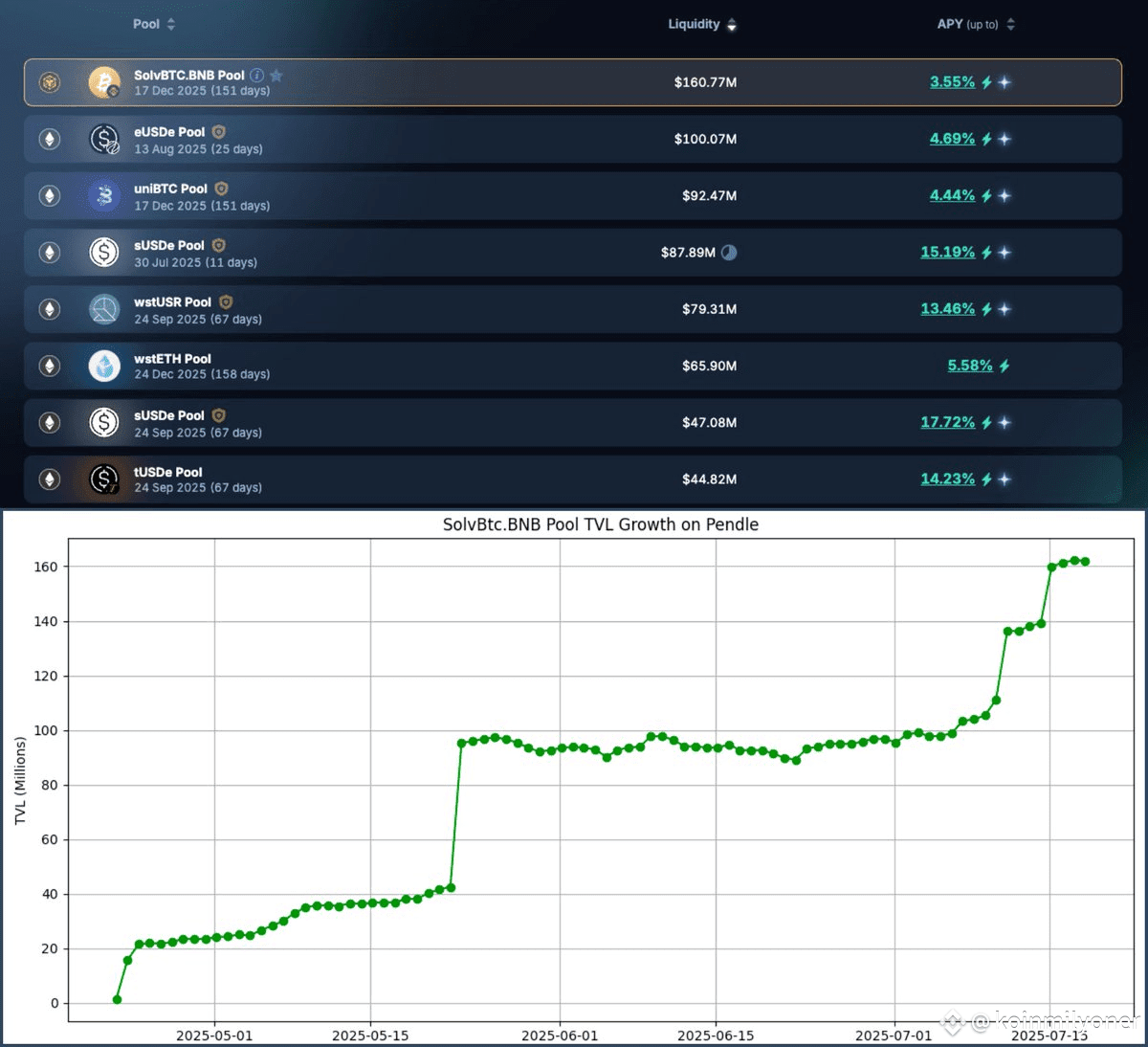For more than 10 years, Bitcoin has been the obvious leader in the field of digital currencies. It is a secure digital asset, a store of wealth, and a way to protect yourself against inflation. Even though Bitcoin is the most popular cryptocurrency, most people still just keep it. Solv Protocol is a new platform that aspires to rewrite the story of Bitcoin by making it a usable financial asset instead of just a place to store wealth.
The Concept Behind Solv
Solv is a Bitcoin staking and liquidity protocol that wants to create a whole financial system around Bitcoin. Unlike many other protocols that see Bitcoin as a secondary asset, Solv puts it front and center. It achieves this by letting BTC investors find methods to make money without leaving the protection of the world's largest cryptocurrency.

Cross-chain operations link Bitcoin to DeFi, which makes it easier to operate with Ethereum, Layer 2s, and other blockchain ecosystems. This makes it possible for Bitcoin to not only be preserved, but also produce money.
BTC+: A Yield Vault for Businesses
Solv's core product is BTC+, an institutional-grade Bitcoin yield vault. BTC+ is more than just another staking tool; it's a multi-strategy engine that lets you get the most out of your investments while keeping risk management robust.
The vault gets interest from a number of places, such as on-chain credit markets, which lend BTC for interest-bearing opportunities. • Giving BTC to decentralized exchanges and liquidity pools so they may earn money. • Basis arbitrage: taking advantage of the fact that derivatives and spot markets have different pricing. • Incentives for protocols: obtaining advantages from DeFi ecosystems that function together. • Real-world yield is a unique feature that delivers returns from traditional finance, such BlackRock's BUIDL fund and Hamilton Lane's SCOPE program, into the vault.

BTC+ is the first yield vehicle of its kind since it uses strategies from both the crypto world and the real world. Solv connects cutting-edge DeFi with high-quality funding for businesses.
Why Solv Matters
The Solv Protocol is significant for more than simply making money. It alters how Bitcoin works with the rest of the financial system. For years, Ethereum and other smart contract platforms have been in control of DeFi. Bitcoin has been on the sidelines. Solv changes this tale by letting anyone who own BTC generate long-term, diverse gains without having to sell their currencies.
Solv also illustrates that DeFi doesn't have to be cut off from the rest of the world by incorporating real-world assets (RWAs) in its approach. Instead, technology can interact with current markets and maybe even help them operate better together, bringing global investors closer to a hybrid financial future.
Building trust and sustainability
Finding a means to generate significant profits while keeping safe has been one of DeFi's major difficulties. Solv fixes this by focusing on infrastructure that is good enough for enterprises. It wants its yield intentions to be apparent, and it has ties with prominent banks and on-chain data that can be checked to back them up. This strategy makes investors sure that BTC+ is not a dangerous venture, but a secure vault that earns money.
What Will Happen to Bitcoin in DeFi
Solv Protocol portrays a future where Bitcoin is more than just a location to save money; it is also a component of the world's financial system. With BTC+, Bitcoin investors may be able to get income from a number of different sources, protect themselves from price volatility, and take advantage of both DeFi-native and traditional yield opportunities.
Solv is not just building a protocol; it is also setting up a Bitcoin-based financial system. Bitcoin's market value of $1 trillion may now be utilized for the first time to encourage growth, new ideas, and more money in both digital and traditional markets.
It's clear from the tale that Solv is in charge: Bitcoin is up and running. It is working, producing money, and developing in exactly the way that the future of finance requires it to.



